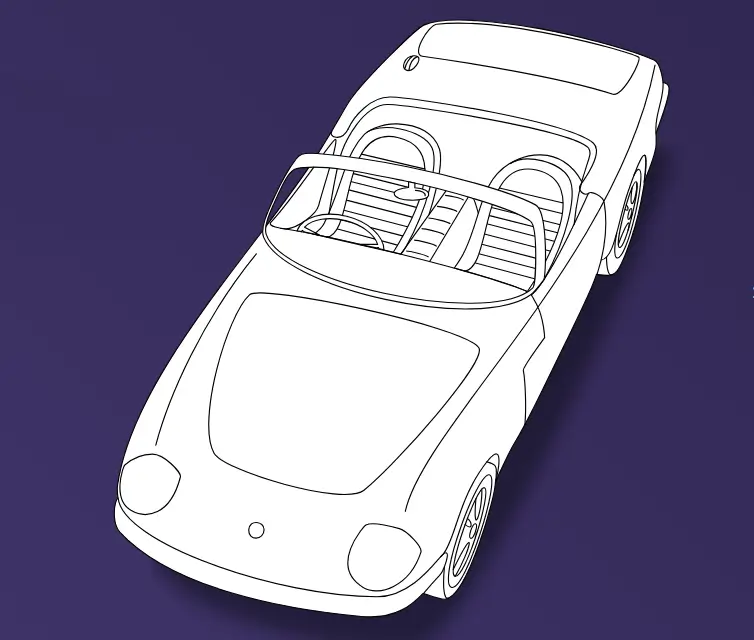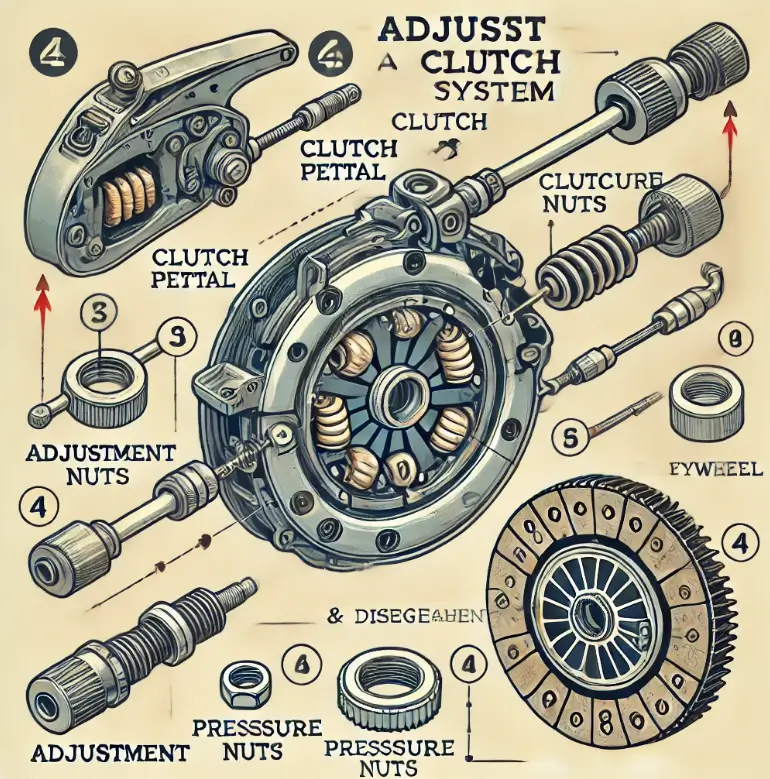Completa de Funcionamiento y Mantenimiento Automotriz
Home » Como Funciona Un Auto
Sobre Como Funciona Un Auto
En comofuncionaunauto.com nos dedicamos a proporcionar información técnica detallada y precisa sobre el funcionamiento y mantenimiento de automóviles. Nuestro portal se ha convertido en un recurso esencial para mecánicos, entusiastas del automóvil y propietarios que buscan comprender mejor sus vehículos. A través de años de experiencia, hemos desarrollado un enfoque único que combina explicaciones técnicas con guías prácticas.

Nuestros objetivos principales:
| Área | Compromiso |
|---|---|
| Educación | Contenido técnico accesible y práctico |
| Actualización | Información sobre nuevas tecnologías |
| Soporte | Guías paso a paso verificadas |
Componentes y Sistemas Básicos del Automóvil
Los automóviles modernos integran varios sistemas fundamentales que trabajan en conjunto para garantizar un funcionamiento eficiente:
- Carrocería: Estructura principal que protege a los ocupantes y componentes
- Sistema de frenos: Mecanismo hidráulico para el control de velocidad
- Sistema eléctrico: Red que alimenta luces, arranque y sistemas electrónicos
- Motor: Corazón del vehículo que genera la potencia motriz
- Transmisión: Sistema que transfiere la potencia a las ruedas
- Suspensión: Conjunto que proporciona estabilidad y confort
Funcionamiento de la Transmisión Manual
| Componente | Función Principal | Mantenimiento |
|---|---|---|
| Embrague | Conexión/desconexión | Ajuste periódico |
| Sincronizadores | Igualación de velocidades | Inspección regular |
| Ejes | Transferencia de potencia | Lubricación |

Ajuste del Carburador SU
El carburador SU, distintivo de la ingeniería británica, requiere un enfoque meticuloso para su ajuste. A diferencia de otros carburadores, su diseño de difusor único afecta el rendimiento del motor en todo el rango de velocidades. El proceso de ajuste comienza con el calentamiento del motor hasta su temperatura normal de operación.
Procedimiento de Ajuste:
Preparación
- Motor a temperatura normal
- Verificar nivel de aceite
- Inspección visual
Ajuste de Mezcla
- Elevación del pistón (1mm)
- Ajuste de la tuerca del difusor
- Verificación de respuesta

Ajuste del Freno de Mano
El freno de mano es un sistema de seguridad crítico que requiere un ajuste preciso. El procedimiento comienza con una inspección completa del mecanismo, incluyendo cables, palancas y conexiones. La calibración correcta debe permitir una activación completa en 4-6 clics, proporcionando suficiente fuerza de frenado sin sobre tensionar el sistema.
Puntos críticos de ajuste:
- Tensión uniforme en ambas ruedas
- Liberación completa sin arrastre
- Activación progresiva y firme
Ajuste del Embrague
El freno de mano es un sistema de seguridad crítico que requiere un ajuste preciso. El procedimiento comienza con una inspección completa del mecanismo, incluyendo cables, palancas y conexiones. La calibración correcta debe permitir una activación completa en 4-6 clics, proporcionando suficiente fuerza de frenado sin sobre tensionar el sistema.
Puntos críticos de ajuste:
- Tensión uniforme en ambas ruedas
- Liberación completa sin arrastre
- Activación progresiva y firme

Intervalos de mantenimiento recomendados:
- Inspección visual: Cada 10,000 km
- Ajuste completo: Cada 20,000 km
- Verificación de fluido: Cada 30,000 km
La clave para mantener un vehículo en óptimas condiciones es la atención regular a estos sistemas fundamentales. Cada ajuste y mantenimiento debe realizarse siguiendo las especificaciones del fabricante y utilizando las herramientas adecuadas. En comofuncionaunauto.com, continuamos actualizando nuestra información para reflejar las últimas técnicas y recomendaciones de la industria automotriz.
Somos BBRBET, tu nueva plataforma de apuestas en línea. Sabemos que buscas emoción, entretenimiento y la oportunidad de ganar grandes premios. Por eso, hemos llegado a Chile para ofrecerte una experiencia de juego única y segura.
En BBRBET, encontrarás una amplia variedad de juegos de casino, desde las clásicas tragamonedas hasta el emocionante póker. Además, contamos con un equipo de atención al cliente siempre dispuesto a ayudarte y resolver tus dudas. Nuestra plataforma está diseñada para ser fácil de usar, tanto si eres un jugador experimentado como si estás empezando en este mundo.
La seguridad es nuestra prioridad. Utilizamos tecnología de vanguardia para proteger tu información personal y financiera. Así, podrás disfrutar de tus juegos favoritos con total tranquilidad.
¿Estás listo para vivir la emoción de BBRBET? ¡Regístrate ahora y descubre todo lo que tenemos para ti! Recuerda, BBRBET en Chile es sinónimo de diversión, seguridad y grandes premios.


